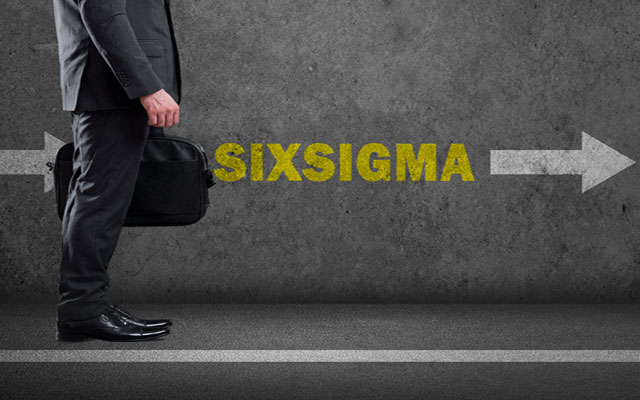Introduction
Whenever possible, answer a telephone call on the second or third ring. Answering on the first ring can sometimes surprise callers, catching them off guard because they did not expect to be talking to someone so soon. It may also give the impression you are doing nothing but waiting for the phone to ring. On the other hand, waiting longer than three rings can frustrate customers. If you really cannot get to the phone by the fourth ring, you should have a voice mail system pick up the call whenever possible so that you do not lose a customer. You can then return the call when you have more time and will not need to rush the conversation.
Your Opening: Starting the Conversation
Every time you answer the phone, include three essential features:
-
a greeting or salutation
-
identification: who you are and the name of your company
-
an inquiry: asking the customer what you can do for him or her
Your salutation can be as simple as "Hello," or you can make it more specific, such as "Good morning," "Good afternoon," or "Good evening." When you can, being more specific is nice because it acknowledges the time of day and seems more personal. By careful, however, that you do not say "Good morning" so many times in the early part of the day that you are still saying it at one o'clock in the afternoon. It will sound disconcerting and may give the caller the impression you are so bored you have lost track of time or are not paying attention.
Your identification should start with your name, followed by the name of your company. By giving your name, you are personalizing the call and letting the customer know how to address you. Do not forget to add your company name; when some people call, they like hearing the name of the business to reassure them that they have called the correct number. This also reduces time wasted for you; if it is a wrong number, you want to know before you get into a lengthy conversation to no purpose.
Finally, an open-ended question such as "How may I help you?" or "What can I do for you today?" gives your customer the perfect opportunity to begin telling you what is needed. If you are primarily a receptionist and will most likely be transferring your caller, you may want to say, "How may I direct your call?" to let the caller know you are there to send them to the appropriate department. This way, callers will not have to repeat their story twice.
On rare occasions, you may need to put a customer on hold, whether it is to get a file, transfer the call, or return to your desk from another area. Regardless of the reason, never put someone on hold without asking permission. Surveys have shown that one of the most irritating phrases customers hear is, "Hello, this is Mary at XYZ Company. Hold, please," followed by dead air or canned music. The customer may be calling from a cell phone, work, or simply not have the time to wait.
Always give your customer the option of leaving a message or calling back later. Do this by asking, "Can you hold for a moment?" followed by an explanation such as, "I'd like to transfer you to our accounting department." If the customer prefers not to be put on hold, you might say, "Then may I take a message and have someone return your call, or would you like to call back later?" Options will make the customer feel more in control, which is always good.
If you really do not have time to provide this minimal level of courtesy, it is probably better if you let the call go to voice mail so that you can return the call when you have the time to handle it properly.
You also may want to have a "cheat sheet" near your phone if you frequently get calls requesting the same information. If customers regularly call and ask for the company address, store hours, or other information, have the answers to these questions at your fingertips to cut down on the number of times you have to put clients on hold. Callers will appreciate your preparation and knowledge and you will make a great impression for your company.
Responding Properly to the Client
The first and best way to do this is to be polite and give your full attention. Do not chew gum, drink, or rustle pages while you are on the phone. Anything you do will be magnified over the phone. Hearing you chomping on your lunch is offensive and does not instill confidence in your customer.
Repeating back the customer's information and/or question is a good way to reassure your client that you have heard them. Asking, "You want this in a size large shipped to 123 Fanning Road?" eliminates mistakes on your part and lets the customer know you have accurately recorded the information. Repeating a question can also clarify the issue for both you and the customer. For example, "So you say the package arrived damaged on Tuesday?" lets the customer know you are paying attention and are concerned about their complaint.
One thing you should never do is interpret or assume anything. You may think that you know what the customer wants, but unless you are a mind- reader, this is a very dangerous step to take. If a customer complains about a product, do not assume that a refund will be satisfactory. Ask what the customer would like, perhaps a replacement rather than a refund. You should never take a step until you confirm with your customer that you are handling things in a satisfactory manner.
First Impressions on Voice Mail
Occasionally you may not be able to answer a call and it will need to go to voice mail. Your greeting on voice mail should be very similar to a live greeting, except it should include a brief explanation of why you are not available to answer the phone. An example might be, "This is Mary at XYZ Company. I'm sorry, but I'm away from my desk at the moment. Please leave your name, telephone number, and a brief message and I'll return your call as soon as possible."
If you make sure you speak clearly and let callers know you will get back to them in a timely manner, most customers will leave a message and be willing to let you return their call.
Now that you've put your customer at ease and introduced yourself, you can provide your customer with the best possible service. If you have followed the suggestions above, customers should feel at ease and ready to talk with you in a pleasant manner because they will believe they have been greeted and acknowledged in a positive manner.































